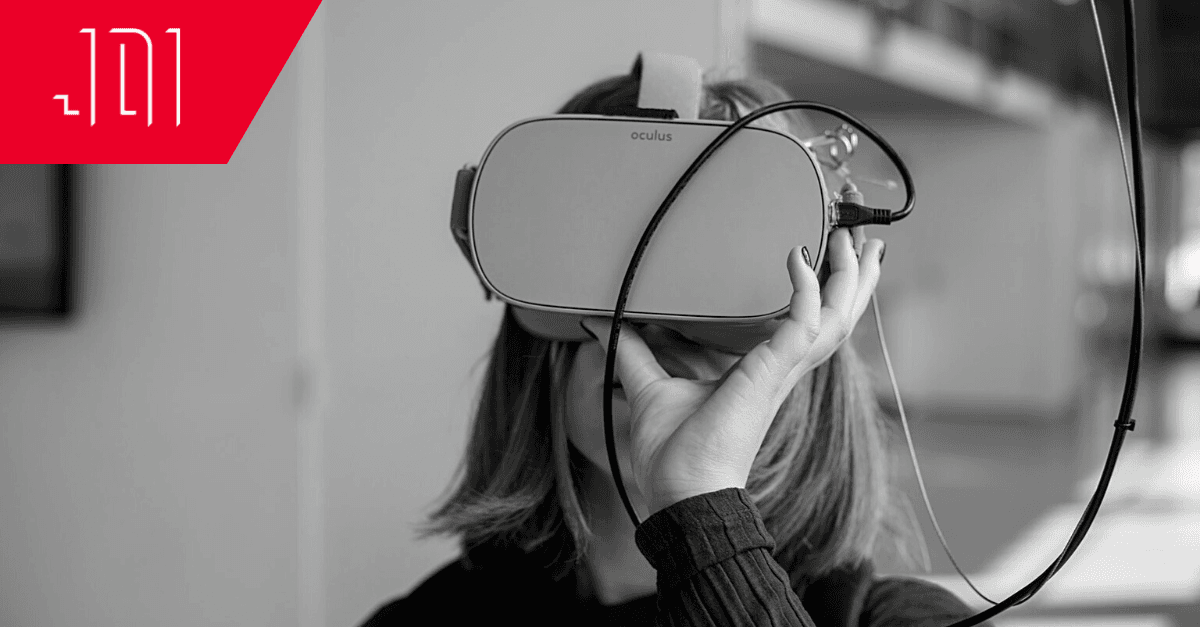Q&A With Mandi Dimitriadis
Tell us about yourself – what is your background in and how did you end up in your current position?
I began my career as a primary school teacher and taught in primary schools, preschools and special education across South Australia. I've always been interested in history: my school teaching career led to an opportunity to work as a museum educator. During this time, I became increasingly interested in how new and emerging technologies can be used to help learning become more engaging and connected for students. This led to me taking on various curriculum and pedagogy roles for the Department for Education in South Australia.
One of the tasks I often undertook in these roles was to explore and evaluate different technology tools to assess their suitability in helping teachers teach the Australian Curriculum in engaging, meaningful ways. During this time I met the 4 co-founders from Makers Empire, who had just started-up their company and were looking for some direction on how their products might be used in schools. They ended up offering me a job as their inaugural Director of Learning. That was 7 years ago!
How did Makers Empire get started?
Makers Empire began about 9 years ago in Adelaide, South Australia. One of the co-founders has a background in game design and had noticed that players often enjoy creating their own avatars and customizing their gaming environments as much as they enjoy playing the actual games. His eldest daughter was 4 years old at the time and he wondered if he could design something that would enable people to create their own things and make it simple enough that a four-year-old could use it. This is how the very first Makers Empire 3D modeling software was created.
The co-founders already knew each other from school and university, so when their friend showed the software he had created they were very excited! They came together, and began to think about how the software could be used with 3D printers which were becoming more accessible and affordable. One of the other founder's wives was a teacher at the time and she suggested taking the product to schools to see what teachers thought about it. That was when Makers Empire began to see themselves as an edtech company and think about how they could help teachers and students learn in exciting new ways.
What are some of the cornerstones of design thinking?
Design thinking at its heart is a problem-solving methodology that supports us to find problems, solve problems and test our solutions once we have come up with them. It’s a powerful tool for coming up with innovative solutions and helping reframe problems as opportunities – which is why it is so crucial to give young people these intellectual frameworks. I feel that it is one of the best ways to be equipped to be an innovator, problem-solver and creative thinker.
I love design thinking for 3 main reasons. Firstly, it begins with empathy: it’s about human-centered design, and humans solving problems for other humans! Next, I love that design thinking promotes creative thinking. Rather than jumping on our first idea, we are encouraged to think outside the box and come up with as many possible ideas before we start narrowing our ideas down to the ones we end up testing. And thirdly, I love how design thinking helps us feel comfortable with failing as part of learning. It isn't about getting something right the first time. It's about coming up with a prototype of an idea and then testing that idea out to find all the things that work, and all the things that need improving to come up with the best possible solutions. I think this is a really important mindset that sets students up to be resilient, powerful learners.
What are some of the challenges of getting primary and secondary students interested in STEM?
I think there are a number of challenges in not only activating interest in STEM but maintaining that interest to a point where students are seeing STEM careers and STEM studies as an attractive pathway for their futures. Primarily, I believe that you can't be who you can't see: we need to make sure that our young people are seeing successful role models in STEM who represent gender, cultural and social diversity. I also think that we need to encourage interest in STEM at a young age, to cultivate that interest as students move through the education system. Students have already made up their minds about their interests, strengths, and values when they are still in primary school, so if we wait until high school to encourage interest in STEM we have often left it too late.
It's also important that we portray STEM as being highly relevant, creative and exciting. It's not just about becoming an engineer or being really good at maths. At the end of the day, STEM is about solving problems, helping others and making the world a better place now, and for the future. We need to help students see that STEM matters, that it is purposeful and relevant. No matter what you are interested in or care about there is a place for you in STEM!
How does gamification in education benefit a STEM curriculum for primary and secondary students?
Game-based learning underpins what we do at Makers Empire. We used gamification to help students develop design thinking skills, build spatial and design skills, and achieve the outcomes of the Australian Curriculum: Technologies. Game-based learning programs such as Makers Empire, encourage students to communicate and collaborate with others. Collaboration and communication are essential elements of success in STEM projects and jobs.
Gamification is an evidence-based strategy for engaging young learners. Engaged learners are more likely to persist with challenges and invest their time, energy and cognition in the task at hand. As students work through design challenges in Makers Empire, for example, they earn tokens that they can use to unlock shapes and futures. They are being rewarded for engaging in the learning behaviors we want them to. Built-in rewards help keep students motivated, and encourages them to persist with challenges. Gamification helps students to set goals for themselves and work towards them. They might want to complete a particular level, unlock a feature or catch up to a friend. They are constantly receiving feedback about how they are going and how they are progressing towards their goals.
What impact does 3D printing have on the curriculum from Makers Empire?
At Makers Empire, we see 3D printing as a powerful tool for bringing students' ideas to life. Most of the learning in our program happens before you get to the 3D printing stage, and not all 3D-designed projects need to be 3D printed. It can be very motivating for a student to see their creations turned into real objects and products. Technologies such as 3D printers are so much more accessible now. In the past, for example, teachers might ask their primary school students to design something to help people living with a disability. The students would work through the design process but their end product might be made of cardboard or ice cream container lids.
However, with 3D printing, students can make real products that are actually able to be used: it's like having a factory in the classroom. We believe that students need to become aware of new and emerging technologies as they become available. The sooner young people start to understand the possibilities and limitations that lie therein, the better. Makers Empire wants to teach students to be the innovators of the future: making informed decisions and solving problems.
What was your “path not taken”?
I always knew I wanted to be a teacher and I guess I always thought that my career path would see me end up being a principal or school leader. This is not the path that I ended up taking; I would never have imagined that I would end up working in Edtech. When I look back, where I am today makes perfect sense – I am working every day to help teachers teach, and students learn and that's what I have always loved.




